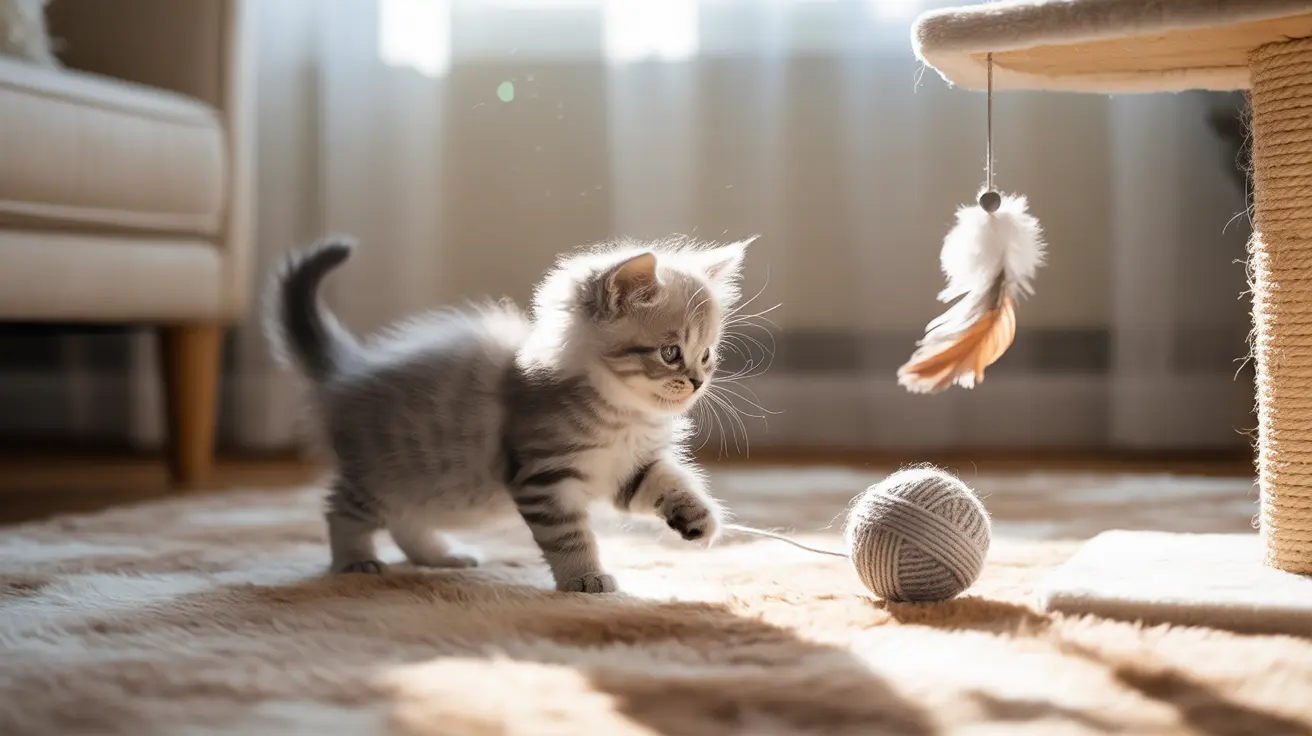What is Littermate Syndrome in Cats?
Unlike in dogs, littermate syndrome isn't officially recognized as a clinical condition in cats. The term is sometimes used to describe behavioral issues that develop between sibling kittens raised together, such as excessive attachment, separation anxiety, and poor socialization with humans or other animals.
However, feline behavior experts emphasize that these issues typically stem from inadequate early socialization rather than the sibling relationship itself. Cats are naturally more independent than dogs and don't form the same type of pack mentality that makes canines susceptible to littermate syndrome.
The Critical Socialization Period
The key to preventing behavioral issues in sibling kittens lies in understanding and properly managing their early development. Kittens undergo a crucial socialization period between 2-8 weeks of age, with the most critical window occurring from 4-8 weeks.
During this time, exposure to various experiences, people, and environments shapes their future personality and behavior. Proper socialization during this period is far more important than whether kittens are raised with siblings or alone.
Benefits of Raising Sibling Kittens Together
Despite concerns about littermate syndrome, adopting sibling kittens together often offers several advantages:
- Built-in playmates for exercise and entertainment
- Mutual comfort during transition to a new home
- Development of proper social skills through interaction
- Reduced likelihood of destructive behavior due to boredom
- Enhanced emotional well-being through companionship
Preventing Behavioral Issues in Sibling Kittens
To ensure healthy development when raising sibling kittens together:
Create Individual Bonds
- Spend one-on-one time with each kitten daily
- Feed siblings separately occasionally
- Have separate play sessions and training time
- Provide individual attention and affection
Encourage Independence
Set up separate resource stations around your home, including:
- Multiple litter boxes
- Individual food and water bowls
- Separate sleeping areas
- Different scratching posts and toys
Monitoring Sibling Relationships
Watch for signs that may indicate unhealthy attachment between siblings:
- Extreme distress when separated
- Refusing to interact with humans or other pets
- Aggressive behavior when together
- Over-grooming each other
- Inability to function independently
Frequently Asked Questions
Is littermate syndrome in cats a recognized behavioral condition?
No, littermate syndrome is not officially recognized in cats by veterinary professionals. While behavioral issues can occur between sibling cats, these are typically related to insufficient socialization rather than a specific syndrome.
How do I socialize sibling kittens to prevent behavioral issues?
Expose kittens to various people, pets, and environments during their critical socialization period (2-8 weeks). Provide individual attention, separate play sessions, and positive experiences with new situations.
Why do some kitten siblings become overly attached to each other?
Excessive attachment usually develops when kittens don't receive adequate individual socialization and human interaction. This can be prevented through proper early development and training.
Can adopting two kittens together help them adjust to a new home?
Yes, many cats adapt better to new environments when adopted with a familiar companion. Siblings can provide comfort and play opportunities for each other during the transition.
How can I manage potential aggression or competition between sibling kittens?
Provide multiple resources (food bowls, litter boxes, toys), ensure each kitten receives individual attention, and monitor play sessions to prevent aggressive behavior. Separate siblings if play becomes too rough.
Conclusion
While littermate syndrome as known in dogs doesn't officially exist in cats, being mindful of sibling dynamics and proper socialization remains important. With appropriate care, attention, and early intervention, sibling kittens can develop into well-adjusted, independent cats while maintaining healthy bonds with both their siblings and human family members.






